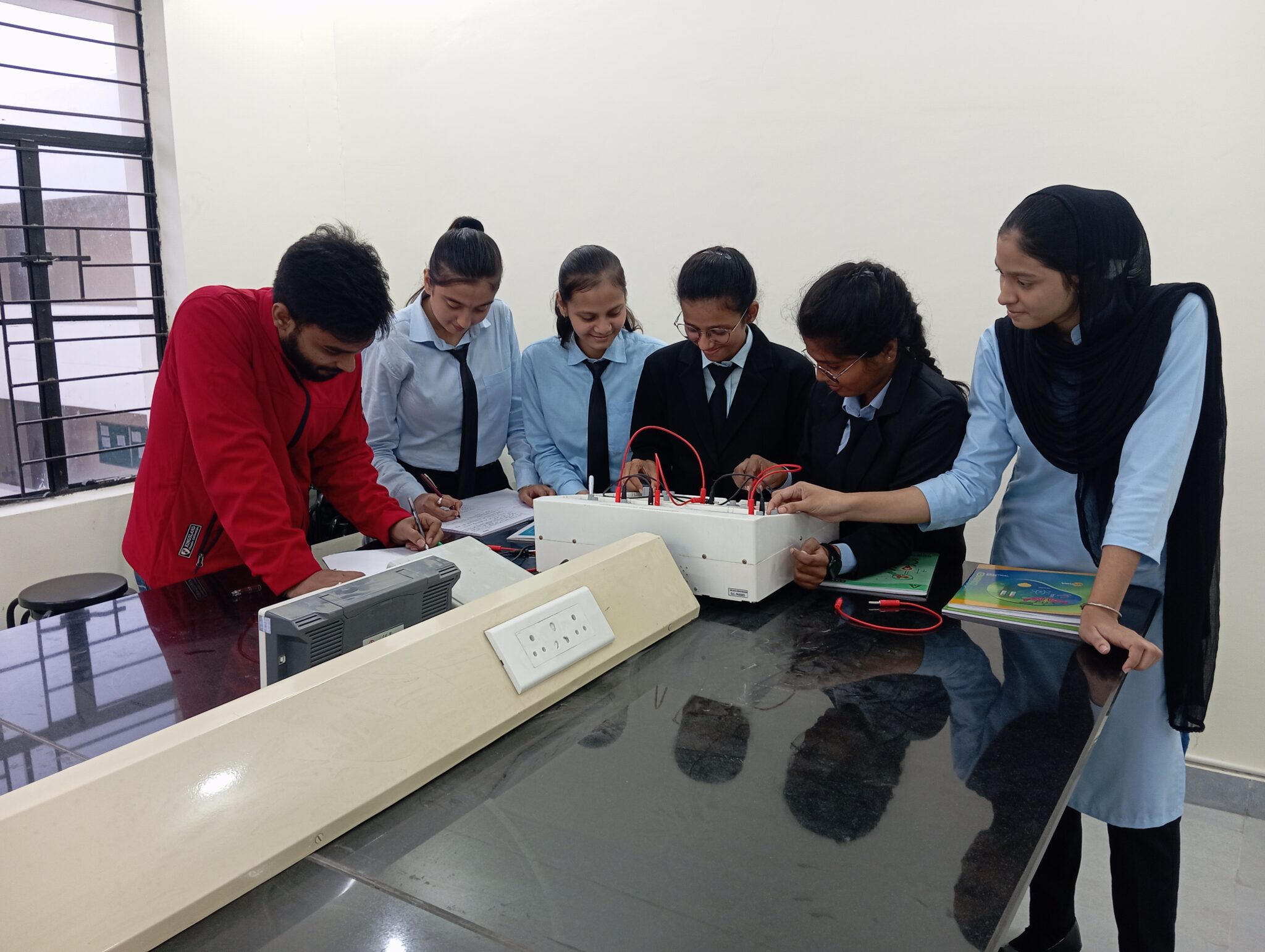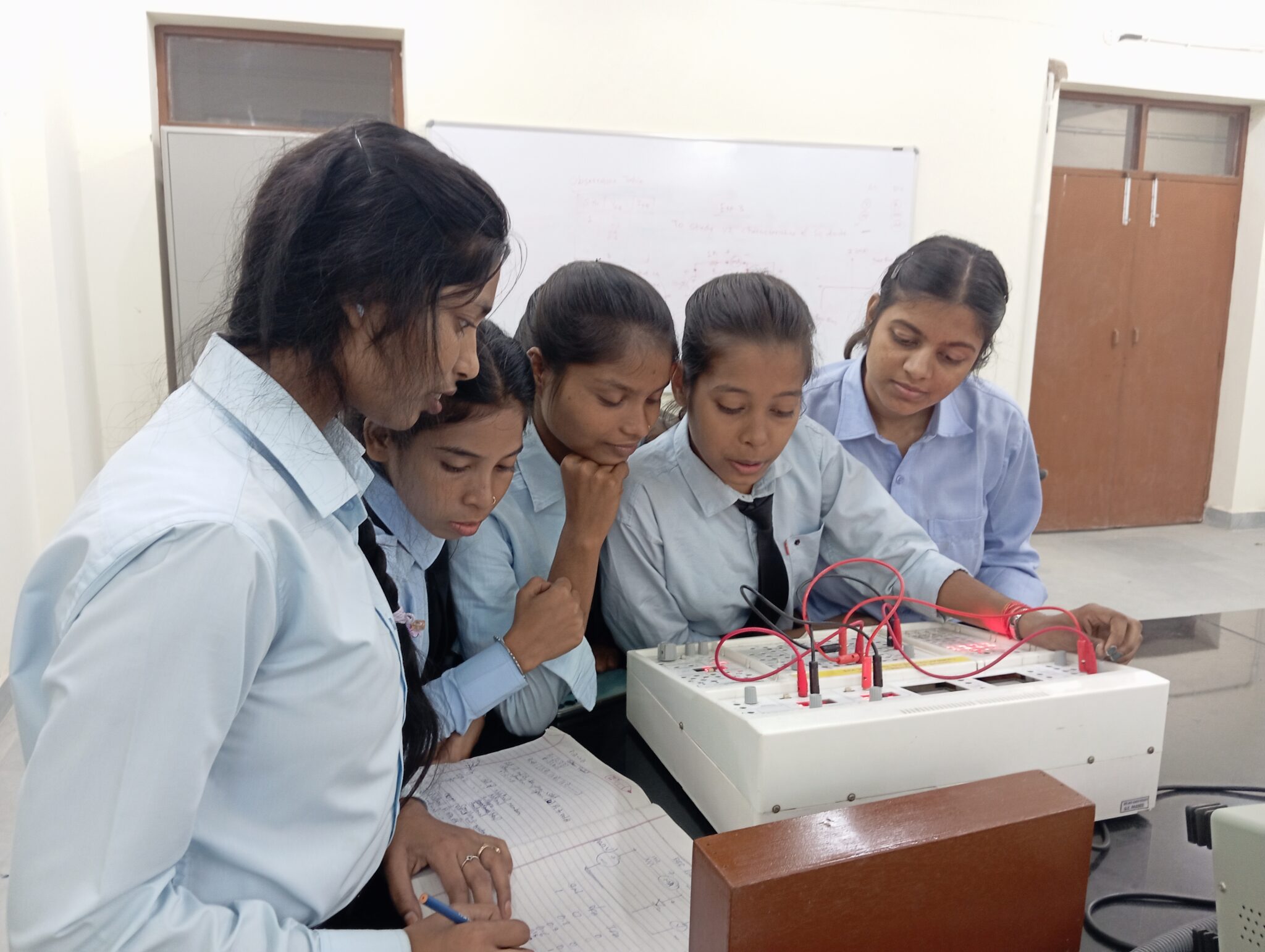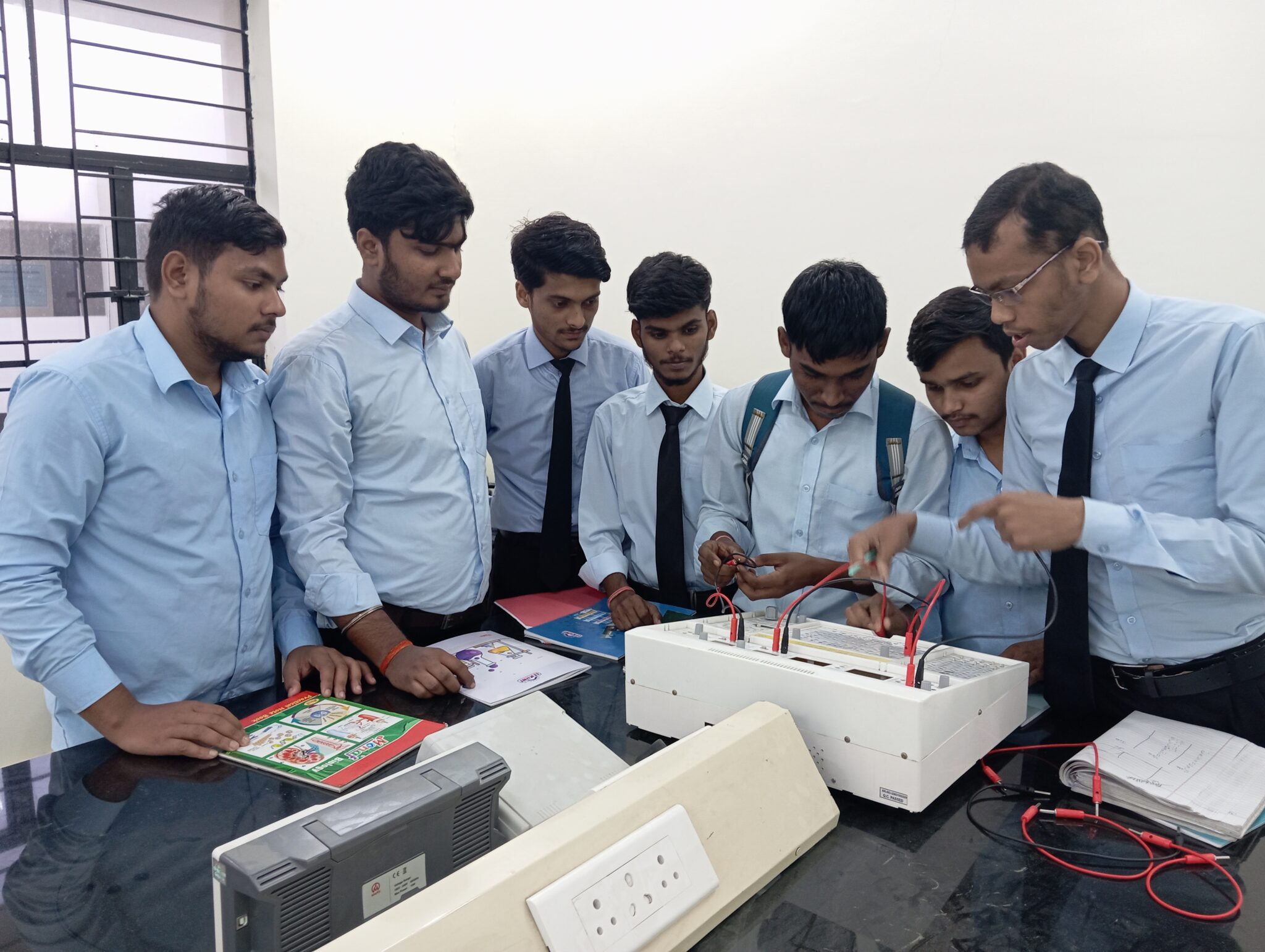Basic Electronics Engineering
Welcome to the Basic Electronics Engineering Laboratory!
Our Basic Electronics Laboratory is a state-of-the-art facility designed to provide hands-on experience in the fundamentals of electronics. Whether you are a student, an engineer, or a hobbyist, our lab is equipped with everything you need to explore the fascinating world of electronic circuits and devices.
Prof. In-Charge
Mr. Ram Kumar
Assistant Professor
Department of Electrical Engineering
Laboratory Infrastructure
- Comprehensive Equipment
- Multimeters: Measure voltage, current, and resistance with precision.
- Oscilloscopes: Visualize signal waveforms and analyze AC and digital signals.
- Function Generators: Produce various waveforms for testing circuit responses.
- Power Supplies: Adjustable DC power sources for a wide range of circuit applications.
- Breadboards: Create temporary circuit prototypes with ease, without the need for soldering.
- Soldering Stations: Professional soldering equipment available for permanent circuit assembly.
- Wide Range of Components
- Resistors, capacitors, diodes, transistors, and ICs — the building blocks of electronics.
- Advanced components including sensors, microcontrollers (like Arduino), and LEDs for projects.
- Hands-on Learning
- Perform experiments to verify Ohm’s Law, build amplifiers, and explore logic gates.
- Learn analog and digital electronics, circuit design, and prototype development.
- Prototyping and Testing
- Build, test, and troubleshoot projects with modern prototyping tools.
- Safe and controlled environment to transform ideas into working circuits.
List of Experiments
- Study of Cathode Ray Oscilloscope (CRO) – Measurement of amplitude, time period, and frequency of unknown continuous signals.
- Identification of active and passive components.
- Characteristics of P-N junction diode under (a) Forward bias, and (b) Reverse bias.
- Study of clipping and clamping circuits.
- Recognition of half-wave and full-wave rectifier using sinusoidal voltage.
- Full wave rectifier using capacitor filter.
- Voltage regulator using Zener diode.
- Input/output characteristics of common base (CB) BJT.
- Input/output characteristics of common emitter (CE) BJT.
- Output/transfer characteristics of JFET.
- Operational amplifier as (i) Inverting and (ii) Non-inverting amplifier.
- Operational amplifier as (i) Integrator and (ii) Differentiator.
- Construction and verification of logic gates (AND, OR, NOT, XOR) using only (a) NOR and (b) NAND gates.





